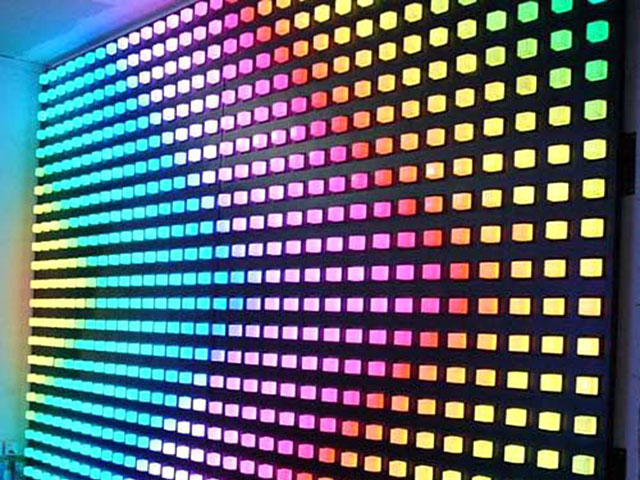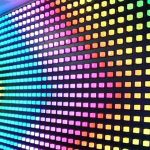In the broadcasting and production, fine-pitch LED displays are increasingly gaining prominence. With their mature technology, reliability, and broadcast-quality performance, they are gradually replacing traditional splicing LED screens, enhancing viewership and program broadcasting effects. But how do you select the right fine-pitch LED display in this field? Let’s explore the key considerations.
1. Exceptional Visual Performance
When selecting an LED fine-pitch display, achieving a delicate and lifelike visual performance is paramount. Here are some factors to consider:
a. Wide Viewing Angles: The display should maintain high picture quality from various angles to accommodate camera placements. A wide viewing angle ensures that the image quality remains consistent, regardless of the viewing position. Moreover, the screen surface should be free from artifacts like moiré patterns or undesirable reflections.
b. High Detail and Clarity: In the world of broadcasting, every detail matters. The display should offer clear and detailed image reproduction, ensuring that no information is lost during camera tracking shots. High color accuracy and low-brightness high-gray technology contribute to better depth and vibrancy in the visuals.
c. Intelligent Brightness Adjustment: Adaptability to changing environmental lighting conditions is crucial. An LED fine-pitch display should feature intelligent brightness adjustment to optimize visual performance in various broadcast settings.
2. Reliable Live Broadcasting Quality
Live broadcasting presents unique challenges that need to be addressed when selecting an LED fine-pitch display. Consider the following:
a. Interference Resistance: Broadcasting venues often encounter atmospheric overvoltage, electromagnetic interference, radiofrequency interference, and static electricity. The chosen display should be resilient in the face of such disturbances.
b. Compatibility and Signal Quality: Given the diversity of video signal sources in live broadcasting, the display must be compatible with various video signals and ensure reliable and stable signal transmission. It should support continuous 24/7 operation for both video and data, minimizing the risk of blackouts or other broadcast-related mishaps.
c. Redundancy Features: To prevent on-air mishaps, the display should include reliable power and signal redundancy features to maintain seamless broadcasting even in the event of technical failures.
3. User-Friendly Control System
Efficient control and management of the LED fine-pitch display are crucial for a smooth broadcasting experience. Consider the following aspects:
a. Real-time Monitoring: A capable control system should allow real-time monitoring of the display’s operation. This enables prompt issue identification and the formulation of solutions to ensure uninterrupted broadcasting.
b. Remote Control: The ability to remotely control the display’s content playback is essential for seamless broadcasting. It allows for quick adjustments and interventions, ensuring a flawless viewer experience.
c. Signal Synchronization: The display should support seamless signal switching, adapting to various broadcasting scenarios and diverse signal sources effortlessly.
4. Convenient Installation and Maintenance
Efficiency in installation and maintenance is often underestimated but plays a significant role in the long-term viability of the LED fine-pitch display. Look for the following:
a. Self-developed Platform: Choose a display with a robust, self-developed platform for faster and more accurate post-installation maintenance.
b. Thoughtful Design: The screen’s installation should be meticulously designed, with well-planned maintenance channels to save space and ensure easier servicing when needed.
What Are 4K and 8K LED Displays?
In conclusion
Choosing an fine-pitch LED display for the broadcasting and production field demands a comprehensive evaluation of hardware and system advantages. A display that excels in visual performance, guarantees reliable live broadcasting, offers user-friendly control systems, and simplifies installation and maintenance will be the ideal choice to elevate your broadcast quality and viewer experience. Stay ahead in the world of broadcasting with the right LED fine-pitch display technology.



